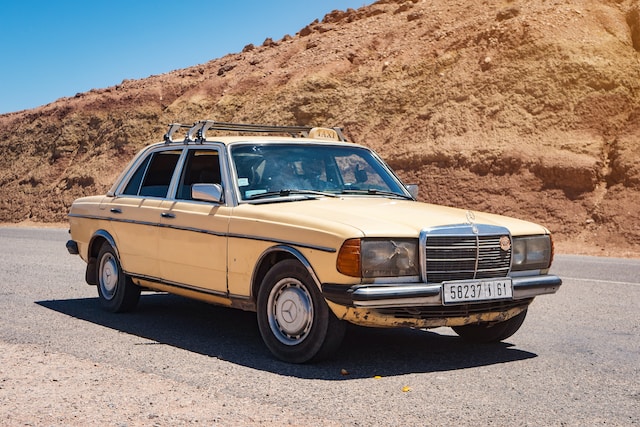Madrid, the vibrant and historic capital of Spain, beckons travelers with its rich culture, bustling streets, and charming neighborhoods. While the city boasts an excellent public transportation system, sometimes renting a car can offer you the freedom to explore the surrounding areas at your own pace. In this guide, we’ll walk you through the ins and outs of renting a car in Madrid, ensuring that you make the most of your journey.
**1. ** Why Rent a Car in Madrid?
Madrid’s efficient metro and bus network might cover most of the city, but if you’re eager to venture beyond the urban landscape, renting a car can open up a world of opportunities. From day trips to nearby historic towns like Toledo and Segovia, to exploring the picturesque countryside and beautiful vineyards, having a car at your disposal grants you the flexibility to create your own itinerary.
2. Choosing the Right Car Rental Company
Before embarking on your journey, research and compare various car rental companies to find the one that best suits your needs. Major international companies like Hertz, Avis, and Europcar have a strong presence in Madrid, offering a variety of vehicle options. Additionally, local rental companies often provide competitive prices and personalized service.
3. Necessary Documents and Requirements
To avoid any hiccups during the rental process, ensure you have the required documentation ready:
- Valid Driver’s License: A valid driver’s license from your home country is typically sufficient. However, consider getting an International Driving Permit (IDP) for added assurance, especially if your license isn’t in English or Spanish.
- Passport or ID: You’ll need to provide a valid passport or identification card as proof of identity.
- Credit Card: Car rental companies usually require a credit card for the security deposit and payment. Make sure you have a credit card with sufficient credit limit.
4. Booking Your Rental Car
Online booking is the most convenient way to secure your rental car. It allows you to compare prices, vehicle types, and additional services. Consider factors such as car size, fuel efficiency, and manual vs. automatic transmission when making your choice.
5. Understanding Insurance Options
Car rental insurance can be confusing, but it’s crucial to understand your coverage:
- Collision Damage Waiver (CDW): This covers damage to the rental car in case of an accident. However, there might still be an excess amount you’re liable for.
- Theft Protection: Protects you in case the rental car gets stolen.
- Liability Insurance: Covers damage to third parties and their property.
Review the terms and conditions of the insurance options offered by the rental company, and consider purchasing additional coverage if needed.
6. Navigating Madrid’s Roads
Driving in Madrid can be an adventure of its own. Familiarize yourself with local traffic rules, road signs, and parking regulations. The city’s historic center is often restricted to local traffic, so plan parking arrangements in advance if you’re staying in this area.
7. Fueling Up
Most rental cars in Spain operate on gasoline (petrol). Gas stations are plentiful, both within the city and along major highways. Remember that fuel prices tend to be higher in Europe compared to other parts of the world.
8. Parking Considerations
Finding parking in Madrid can be a challenge, especially in the city center. Look for public parking garages or “aparcamientos” as an alternative to street parking. Keep in mind that some areas have restricted parking zones, so pay attention to signage.
9. Returning the Rental Car
As your journey comes to an end, return the rental car with a full tank of gas to avoid additional charges. Inspect the car for any damages and ensure you’ve removed all personal belongings.



